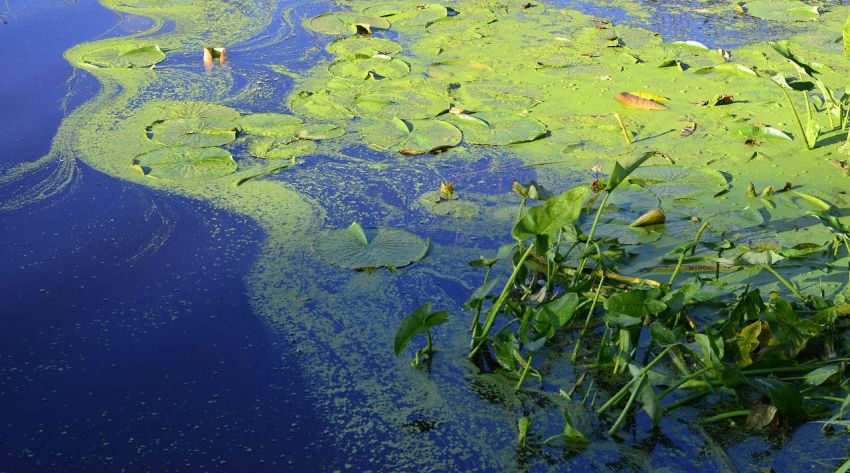The District of Muskoka’s Water Quality Monitoring program report is showing an increase in phosphorous in local lakes.
Rebecca Willison, Watershed Planning Technician, appeared before Huntsville Council at its June 24 meeting to present the 2023 Water Quality Monitoring program annual report.
“Phosphorus is the limiting nutrient in lakes. The more phosphorus you have the more likely you are of having algae blooms,” Willison said.
According to Willison when conditions are favourable for algae, they can grow excessively and cause a bloom resulting in water taste or smell issues. She adds the blooms also have the potential to produce toxins.
“And those are the bloom, the type of algae that we’re concerned with mostly,” Willison shared. “That’s when the health unit will issue advisories not to use or swim or drink the water. So, whatever we can do to minimize the number of blue-green algae blooms that occur on our lakes, that’s one of the reasons why we monitor.”
“When we look at the trends of what we saw in 2023, we have been noticing a little bit of an increase in phosphorous,” shared Willison.
She says it may be because of the “erratic weather” the region has been having.
“We did have one lake sampled last year that has a significantly increasing phosphorus reading since 2001, and that’s Webster Lake,” Willison said. “We had two sample locations with readings greater than 20 micrograms per liter, neither of which were in Huntsville. One was the main basin of Three Mile Lake in Muskoka Lakes, and the other one was Bass Lake and Gravenhurst.”
Willison added consulting company Hutchinson Environmental Sciences Ltd. was retained to do a review of the water quality program and suggest modifications to better monitor a wider range of issues.
“So not just focusing on fossil phosphorus and algae, but also what other parameters should we be monitoring so that we can get a better idea of the health of the watershed.”
With those results, updated policy and programs will be brought forward this year for implementation in 2025 to help address near and long-term policies pertaining to water quality in the district.
To read the full report, click here.





